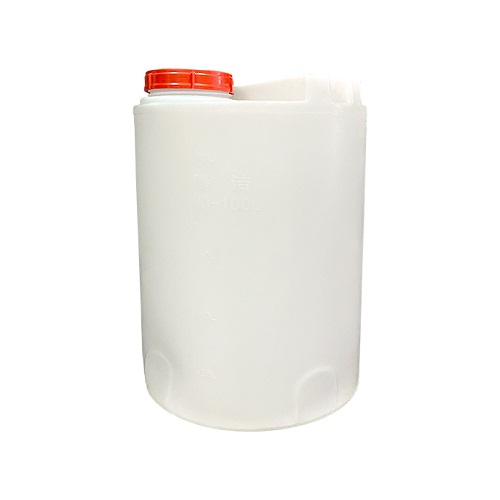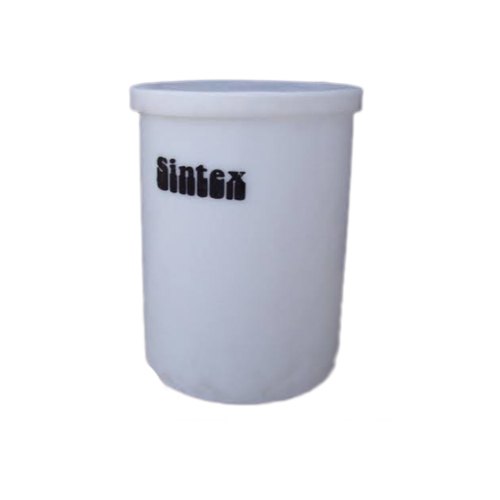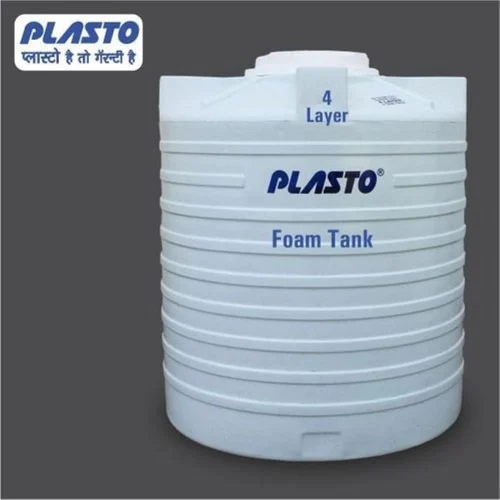
our category
DOSING TANK
Dosing Tank: Essential for Precise Chemical Injection
A dosing tank is a container used to store and dispense chemicals, particularly in controlled dosing or injection systems. It is an integral part of many industries, including water treatment, agriculture, chemical processing, food and beverage, and manufacturing, where precise chemical addition is essential for process optimization and compliance with safety or quality standards.
Dosing tanks are designed to hold the chemicals that will be dosed into a system at a controlled rate. They are typically coupled with dosing pumps, valves, and controllers to ensure that the correct amount of chemical is introduced into a water stream or production process. By allowing for automated dosing, dosing tanks contribute to the efficiency, accuracy, and safety of industrial operations.
Enquire Now
Key Features of Dosing Tanks
-
Material Construction: Dosing tanks are usually made from materials that are resistant to the chemicals they will store and dispense. Common materials include:
- Polyethylene (PE): Resistant to many chemicals, lightweight, and durable.
- Stainless Steel: Offers resistance to corrosion and is commonly used for storing aggressive chemicals.
- Fiberglass Reinforced Plastic (FRP): Provides strength and chemical resistance.
- Polypropylene: Known for its resistance to acids, alkalis, and solvents.
-
Capacity: Dosing tanks come in a variety of sizes, from small tanks with a few liters of capacity for laboratory or small-scale operations, to large industrial dosing tanks that can store hundreds or thousands of liters of chemicals. The tank size depends on the application, the amount of chemicals required, and the frequency of dosing.
-
Capacity Markings: Most dosing tanks are equipped with graduated markings or level indicators to show the amount of chemical remaining in the tank. This helps operators monitor the tank's contents and ensure that adequate chemicals are available for ongoing dosing.
-
Dosing Pump Integration: Dosing tanks are typically connected to a dosing pump that controls the flow of chemicals from the tank into the system. The dosing pump can be manual, electric, or automatic, and its flow rate can be adjusted based on the system's requirements.
-
Mixing and Agitation: In some applications, dosing tanks are equipped with mixing or agitation systems to keep the chemicals evenly distributed, especially when dealing with powders, solids, or viscous liquids that may settle or separate over time.
-
Ventilation and Pressure Relief: Some dosing tanks are designed with ventilation or pressure relief valves to prevent the buildup of gases or pressure inside the tank, especially when storing chemicals that can react or generate vapors.
Types of Dosing Tanks
-
Single-Compartment Dosing Tanks: These are the most common type of dosing tank, with a single compartment used to store and dispense one chemical or chemical mixture. They are simple and cost-effective, typically used in smaller or less complex applications.
-
Dual-Compartment Dosing Tanks: In certain processes where two chemicals need to be mixed before dosing, dual-compartment dosing tanks are used. These tanks have separate sections, each holding a different chemical, and allow for safe mixing before the chemicals are dosed into the system. The compartments are often connected to ensure proper chemical compatibility.
-
Suction Dosing Tanks: These tanks are designed for situations where chemicals are sucked into the dosing pump via suction. They are typically used when the chemical is pumped into a vacuum or suction-based system for dosing purposes.
-
Batch Dosing Tanks: In applications where chemicals are added in batches (rather than continuously), batch dosing tanks are used. These tanks allow operators to prepare a large quantity of chemical solution at once and then dose it in intervals to the required system.
-
Buffer Dosing Tanks: A buffer dosing tank stores chemicals that can be used to neutralize or balance pH levels in water treatment systems, helping to maintain system stability. Buffer chemicals like sodium hydroxide or acidic solutions are often stored in these tanks for quick dosing when needed.
Applications of Dosing Tanks
-
Water Treatment: Dosing tanks are widely used in municipal water treatment facilities to store and dose chemicals like chlorine, flocculants, and pH adjusters into water systems. These chemicals help purify water, kill bacteria, and adjust the pH to safe levels for consumption.
-
Wastewater Treatment: In wastewater treatment plants, dosing tanks are used to store chemicals that help in the breakdown of organic matter, removal of phosphates, or the treatment of heavy metals. For example, coagulants and flocculants are dosed to improve solid-liquid separation during the treatment process.
-
Agriculture and Fertigation: Dosing tanks are used in fertigation systems to store and dose fertilizers, pesticides, and other treatments into irrigation systems. This ensures that the right amount of nutrients or chemicals is delivered directly to plants, improving growth while minimizing waste and environmental impact.
-
Industrial Processes: In industries such as food processing, chemical manufacturing, and textile production, dosing tanks are used to store and dose chemicals required in production, cleaning, or treatment processes. Chemicals like cleaning agents, bleaching agents, and additives are dosed to ensure optimal production quality and efficiency.
-
Swimming Pool Maintenance: Dosing tanks are commonly used in swimming pool maintenance to store and dose sanitizers (like chlorine) and pH balancers. This ensures that pool water is clean, safe, and properly balanced for swimmers.
-
Oil and Gas Industry: Dosing tanks are used to store and inject chemicals into pipelines, equipment, or drilling fluids in the oil and gas sector. These chemicals may include corrosion inhibitors, scale inhibitors, or demulsifiers used to treat the water and materials involved in the extraction process.
Advantages of Dosing Tanks
-
Precise Chemical Management: Dosing tanks provide accurate control over the amount of chemical being added to a system. This ensures that the correct dosage is maintained at all times, minimizing waste and maximizing efficiency.
-
Safety: Properly designed dosing tanks with appropriate seals, ventilation, and pressure relief mechanisms help ensure safe storage and handling of chemicals, reducing the risk of chemical spills, leaks, or reactions.
-
Automation: When coupled with automatic dosing pumps and control systems, dosing tanks allow for fully automated processes, reducing the need for manual intervention and improving operational efficiency.
-
Cost-Effective: By allowing for accurate and controlled chemical dosing, dosing tanks help to reduce chemical consumption and waste, leading to cost savings in both chemical procurement and disposal.
-
Flexible Use: Dosing tanks can be customized for various applications, from small-scale water treatment systems to large industrial processes. Their versatility makes them suitable for a wide range of industries and applications.
Challenges of Dosing Tanks
-
Maintenance Requirements: Dosing tanks require regular maintenance to ensure that they are functioning correctly and safely. This includes checking for chemical build-up, ensuring that dosing pumps are calibrated, and cleaning the tanks to prevent contamination.
-
Chemical Compatibility: It is crucial to select dosing tanks made from materials that are compatible with the chemicals being stored. Failure to do so can result in tank degradation, leaks, or contamination, which can lead to process inefficiencies or safety hazards.
-
Capacity Planning: Proper sizing of the dosing tank is essential. If the tank is too small, it may require frequent refills, leading to interruptions in the dosing process. Conversely, an oversized tank may lead to overstocking of chemicals, increasing storage costs and the risk of chemical degradation.
-
Monitoring and Control: While automatic dosing systems improve efficiency, they require sophisticated monitoring and control systems to ensure that chemical dosing remains accurate and effective over time. Without these systems, there could be risks of under- or overdosing, which could compromise the quality or safety of the system.
Conclusion
Dosing tanks play a critical role in managing the precise and safe addition of chemicals across a variety of industries, including water treatment, agriculture, manufacturing, and industrial applications. By ensuring that chemicals are accurately dosed and properly stored, dosing tanks help improve process efficiency, reduce waste, and enhance safety. With the growing emphasis on sustainability and automation in industrial operations, the use of dosing tanks will continue to be a vital part of modern chemical management systems.


